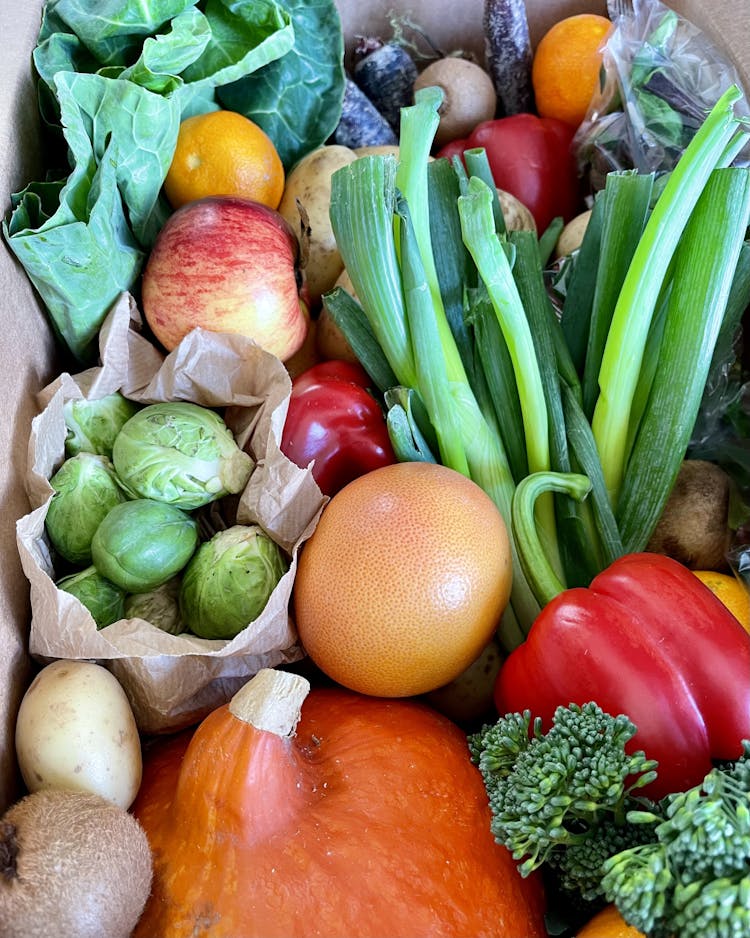Best before date, use by date, sell by date: What does it all mean?
Of the 6.5 million tonnes of edible food we waste in UK homes each year, almost half goes in the bin simply because we don't use it in time.

How can we know that food hasn't simply gone off? Because one-third of Brits rely only on best before labels when deciding whether their food has gone bad – and that's not what that label was made for.
The three main types of date labels are best before, use by and sell by. We’ll be the first to say all food is best before it’s gone. But when we understand what our food’s date labels mean, we can cook smarter with what’s in our fridge and pantry. We're less likely to throw out food for no good reason, which ultimately cuts down on food waste in UK households.
Best before date meaning:
So, what does the best before date mean? A best before date indicates the quality of a food product. It lets you know you can eat the food after this date, it just may not taste, look or feel as good. The best before date meaning has nothing to do with whether the food is safe to eat.
Of course, food with a best before date will still eventually degrade and become a safety concern. But it’s usually obvious when best before-dated foods are unsafe to eat, as they'll smell bad, change colour or grow mould.
Best before dates are applied to frozen food, fresh products (like milk and eggs) and long-life products (like biscuits and canned foods). They're often found on products that don't need to be refrigerated or frozen.
What’s the history of best before dates?
M&S introduced sell by dates in the 1970s to help retailers with stock levels. Once the public grew more concerned with food safety in the 1980s, this sell by date became a marker of reassurance.
By the 1990s, consumers clearly weren't clued up on how long their products would actually last. As a result, sell by dates on food were creating heaps of food waste. Use by and best before dates are the outcome of work by campaigners who asked for something more accurate than a sell by date.
Food law dictates food products must both meet food safety requirements and fulfil reasonable expectations of quality. However, neither best before nor use by dates are decided by special laws. They're determined by food manufacturers and retailers, who use a different logic for each product while it's still in the factory.
Although this system works great for use by dates, best before dates don't always even clue us in on food quality. For example, onions can stay in the same condition for months, well past their best before date. And most fresh, uncut fruits and vegetables aren’t required to carry any date label at all. Shops are also technically allowed to sell food past its best before date.
The government even considered scrapping best before dates in 2017, as they mislead Joe Public into throwing away food that’s still perfectly safe. Take the example of eggs. 29% of Brits throw them away solely because they're past their best before date. However, the egg in water test is a far more reliable way to decide whether to cook them up – even Delia agrees.
How long can you keep foods past their best before date?
How long you can eat food past its best before date entirely depends on the product and how it has been stored. But keeping food items in a cool, dark place will very often lengthen their shelf life.
Let’s look at some examples of foods and how long they’ll last in optimal storage.
Lentils (dry)
Dried lentils will last at least two or three years when stored correctly. Store the lentils in their original packaging, in a dry, cool and dark pantry or cupboard. Once opened, seal the packet tightly or tip the remaining lentils into a sealed container.
Apples
Apples can last for six weeks or longer when stored in the fridge. In the pantry, you’ll still get around three weeks from them. On the kitchen counter, they’ll only last about a week. You can cut up apples and pop them in the freezer to keep them fresh for 8 months.
Potatoes
Potatoes will stay fresh for at least a few weeks. But the cooler temperature of a pantry or cellar will help them last for up to a few months. Once cooked, you should eat potatoes within four days refrigerated, or up to one year when frozen.
What does the use by date mean?
The use by date on a food product tells us directly whether it’s safe to eat, while best before dates relate only to quality.
Use by dates are usually displayed on foods like fish, meat, dairy and pre-prepared salads.
UK manufacturers apply use by labels less frequently than they used to. In 2015, only 4% of chilled orange juice bottles had a use by date, compared to a massive 94% in 2009. And in 2015, just 3% of pre-packed cheeses had a use by date – whereas 25% did back in 2009.
Does the use by date include that day?
You can eat food on the use by date, but you should always bin it the morning after.
Is the use by date important?
If you eat, cook or freeze food after the use by date on the packaging, you risk getting food poisoning.
It's especially important to pay attention to use by dates because even when these foods seem fine, they could harbour salmonella, E. coli or worse. You can’t see, smell or taste the harmful bacteria that cause food poisoning.
It’s no surprise, then, that shops aren’t legally allowed to sell food after its use by date.
Following the packaging instructions is essential when storing products with a use by date. And freezing or refrigerating a product incorrectly can cause it to go off even earlier than the date on the label. If something doesn't smell right, don't use it, even if the use by label still has a few days left on it.
What is a sell by date?
You might have noticed other date labels, alongside the best before or use by date, on food packaging. Sell by dates are only for use by the retailer, to help them better control stock while the product is on the shelf, same with display until dates.
Food waste charity WRAP would rather see these other labels removed, as they've found they can confuse consumers with the use by date meaning and contribute to food waste.
Another example is the 'open life' label, which tells you, ‘Once opened, consume within X days’. This can look like a pretty serious warning, but it's still only designed to refer to the quality of the food. And many of us find we're happy to carry on dipping into a pot of hummus after the 'open life' label’s date has passed.
How can I tell what's okay to eat?
Unless the product has a use by date (which should always be kept to), use your intuition to check your foods. If it looks, feels and smells okay, it's probably fine to cook with.
If you’re worried any of your food is off, take a look at this Oddbox guide to find out whether it’s still good to eat.
Learning how to interpret food labels is only one part of the battle against food waste in the home. If you'd like to learn how to make your food last longer in the first place, check out our blog post for some handy tips.

